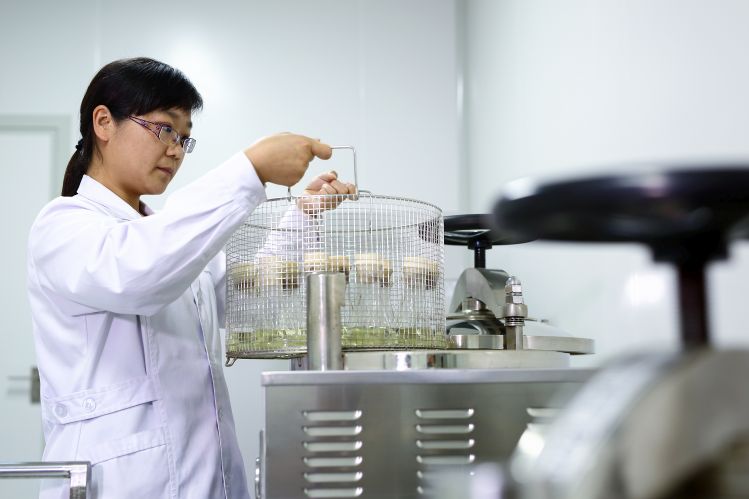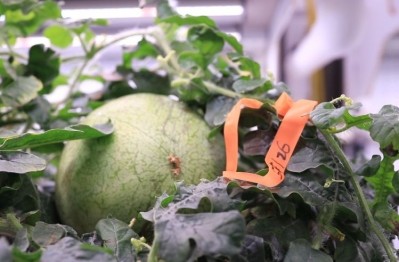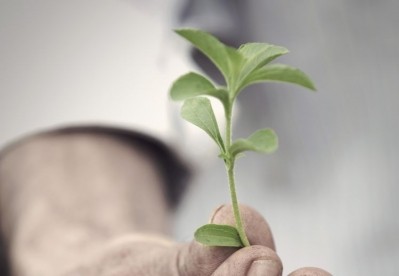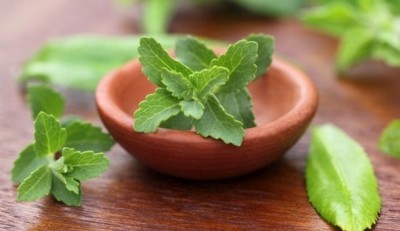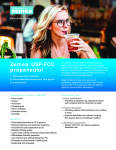‘A critical milestone’ for stevia: HOWTIAN achieves up to 12% average Reb A yield this season
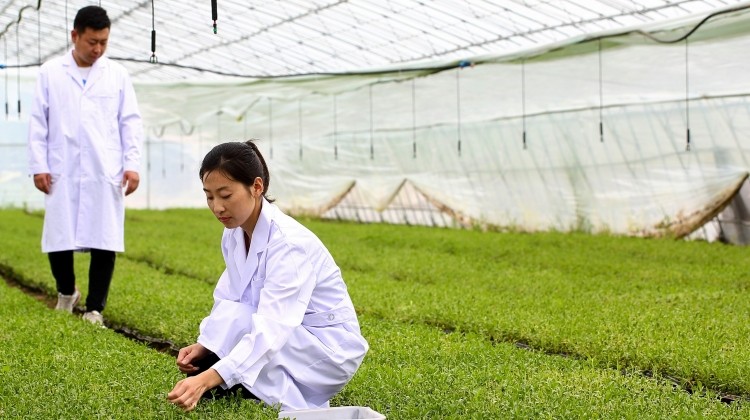
HOWTIAN (based in Zhucheng in Shandong province in East China), formerly known as ZCHT, or Nascent Health Sciences in North America, claims to be the world’s largest stevia manufacturer with annual production capacity of 8,000 tons of stevia extract under the SoPure brand, two major extraction plants in China, and offices all over the world.
“10 years ago, the average Reb A yield of the stevia plant was about 4% and has increased to about 7% over the years,” VP market strategy Tom Fuzer told FoodNavigator-USA.
“This season, we have achieved a minimum of 9.5% Reb A yield, with some plants as high as 12% average yield, which is the highest ever seen in the stevia industry," claimed Fuzer, who said HOWTIAN has also designed patented processes for glycoside purification and extraction that result in yields that far exceed industry averages.
The accomplishment is “groundbreaking” for food and beverage manufacturers who were unable to justify the more expensive price tag of stevia – historically 6-15 times the cost of artificial sweeteners, claimed Fuzer, who said recent breeding advances by the company had also yielded "significant increases" in Reb D and Reb M.
“Companies once compelled by cost constraints to choose artificial sweeteners now no longer need to compromise. We anticipate the adoption of stevia to accelerate significantly in the most price sensitive markets, including beverages, snacking and sports nutrition.”
‘We are seeing a lot of requests for Reb M, but Reb A is still driving the bulk of the market’
While other steviol glycosides such as Reb M – which are found in far lower levels in stevia leaves - are generally regarded as better-tasting than Reb A (the most prevalent sweet-tasting glycoside in the leaf), and are increasingly being used in more challenging applications such as zero-sugar beverages, Reb A remains the workhorse of the stevia market, said technical director Hank Wang, who is based in New York.
“We are seeing a lot of requests for Reb M, but Reb A is still driving the bulk of the market and you can also use it in certain applications to a point and then you can top it off with [more expensive, better-tasting glycosides such as] Reb D or Reb M, and this way you're not increasing the costs by too much.”
Formulating with stevia: Delayed sweetness onset, and tendency to linger
He added: “So for Reb A, you would typically use it for moderate sugar reduction, and that was one of the major drawbacks of early stevia development where developers put in too much Reb A or stevioside, which made products taste bitter and not pleasant, which caused that consumer perception that stevia tastes bad. Now with the better-tasting glycosides and higher-purity products it’s a lot easier for developers to make great tasting products with stevia.”
Within HOWTIAN’s portfolio, there are certain blends that work well in more challenging applications, said Wang, who stressed that there’s no one-size fits all in stevia formulation.
“So we have a product called Pinnacle, which has at least 40% Reb M, but also contains other glycosides, as a mixture can taste better and makes for a smoother profile or has different peaks.”
In general, he said, stevia has a delayed onset of sweetness, which means pairing it with sweeteners such as allulose that have more upfront sweetness can work well. It also has a tendency to linger, which can also be modified somewhat by the use of flavor modulators “or a later onset acid such as malic or lactic acid.”
But the devil is always in the detail, he said, noting that phosphoric acid, for example, “degrades stevia faster than say citric or malic acid towards the end of a product’s shelf-life.”
Stevia and solubility
When it comes to solubility, meanwhile, "Reb A is the most soluble out of all the common rebaudiosides,” said Wang, while Reb M is “in about the middle.
“The higher the purity, the less soluble it is. But we use a proprietary process to increase solubility, so one of our products called Pegasus, is what we recommend for concentrates because it has high solubility, although it’s a little more expensive.”
The pandemic
While the pandemic has impacted a lot of products coming out of China, where covid rules have been incredibly strict, HOWTIAN’s manufacturing plants were not significantly impacted, and there have not been major shutdowns at the main port the firm uses to get products out of China, claimed Wang.
There was an initial slowdown in new product development with stevia (and everything else) at the start of the pandemic, noted Fuzer, but in other respects covid has spurred further interest in sugar reduction and product reformulation, with new opportunities in everything from sports nutrition to dairy, bakery and snacks.
Some of the fastest-growing sub-segments within beverages for sugar substitutes include hard seltzers and other flavored alcoholic beverages, while zero sugar, sugar-free, and no added sugar claims are growing more rapidly than low- or reduced-sugar claims.
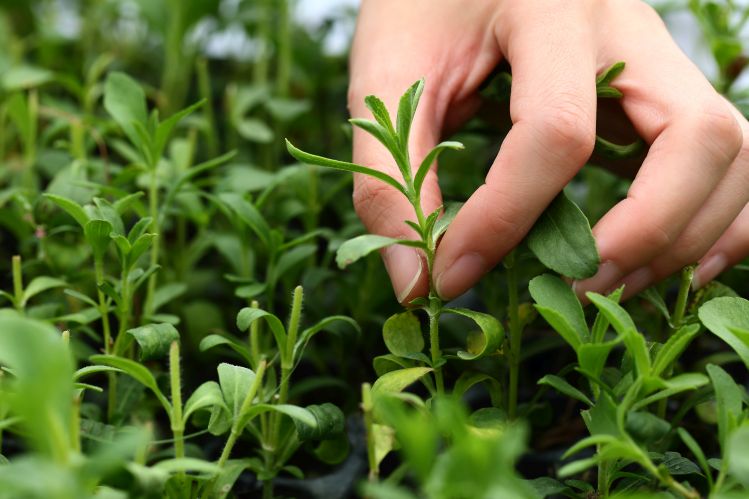
Breaking down the stevia market
Currently, there are four main production methods for steviol glycosides, which are all labeled slightly differently, said Wang, with some disagreement over appropriate labeling for products made via bioconversion: "Some multinationals we have spoken to feel that 'stevia leaf Reb M' for these products is a bit misleading, and more conservative companies will recommend using ‘Reb M’ or ‘steviol glycosides."
- Leaf: Extracts from stevia leaves, which can be labeled ‘stevia leaf extract’ among other things.
- Bioconversion: Reb M or other glycosides made with stevia leaf extract as a starting material that undergoes an enzymatic ‘bioconversion’ using an enzyme from a genetically modified microbe to get to Reb M (which still qualifies for Non GMO Project verified status). Some companies label this as ‘stevia leaf Reb M’ whereas others call it ‘Reb M’ or ‘steviol glycosides’
- Glucosylated steviol glycosides/enzyme-modified/enzyme-treated stevia: Here an enzyme (which may or not be produced by a GM microbe) adds glucose molecules to the steviol core in a less controlled fashion, says Wang. "This process is similar to bioconversion in terms of using enzymes but does not produce a targeted steviol glycoside molecule, so glucose units are added by the use of an enzyme, producing steviol glycosides that may or may not be found in the stevia leaf. Below a certain usage level, these can be labeled as a ‘natural flavor.”
- Fermentation: Reb M made via fermentation of sugars with genetically engineered yeast (this Reb M does not qualify for Non GMO Project status, although it does not trigger bioengineered labeling in the US as no modified DNA from the GM yeast is detectible in the final product). This is typically labeled as ‘Reb M’ or ‘steviol glycosides,’ as you can’t reference the stevia leaf as this process does not involve stevia plants.
‘Stevia extract is king’
While some players in the stevia market such as Ingredion, Cargill, and Sweegen have invested heavily in fermentation and bioconversion - which they claim can be both more cost-effective for producing scarce glycosides and offer sustainability advantages - HOWTIAN is focused on stevia extracts, which are the most consumer-friendly, claimed Wang, although HOWTIAN does supply some glucosylated stevia products.
“We have focused on developing better yielding plants and delivering more competitive cost that way. Stevia extract is king.”
Fuzer added: “I don’t know the exact percentage, but bioconversion and fermentation are still relatively small in the market.
“I think there was a time where people were saying they were going to take over the market and blow everything away, but that’s not been the case so far, and we feel it makes sense to invest in competitive alternatives at the natural end of the spectrum using an extraction process, because that’s what the bulk of consumers want.”
